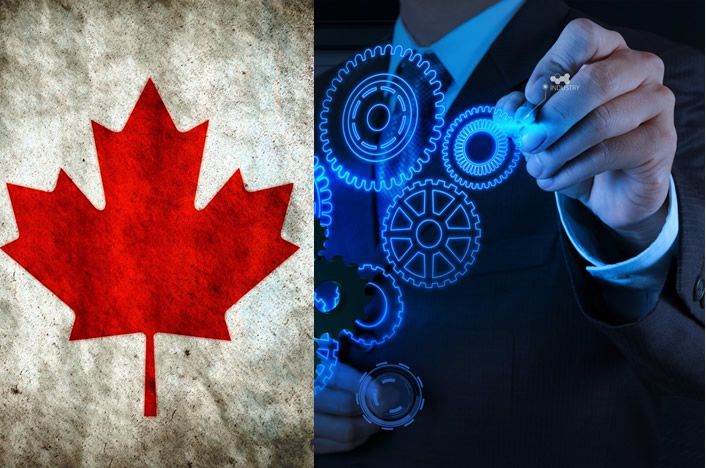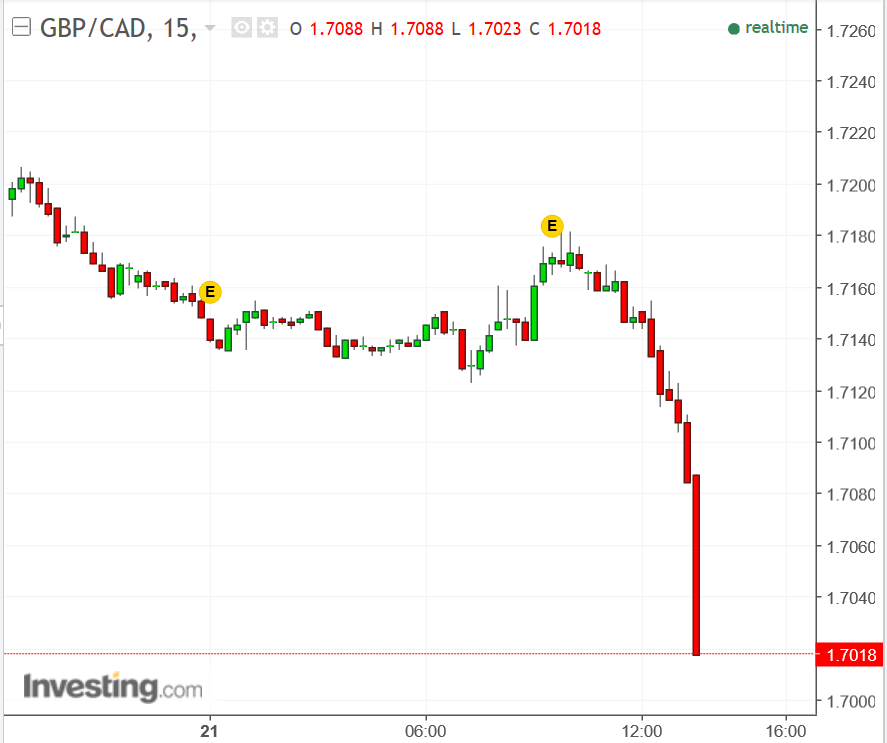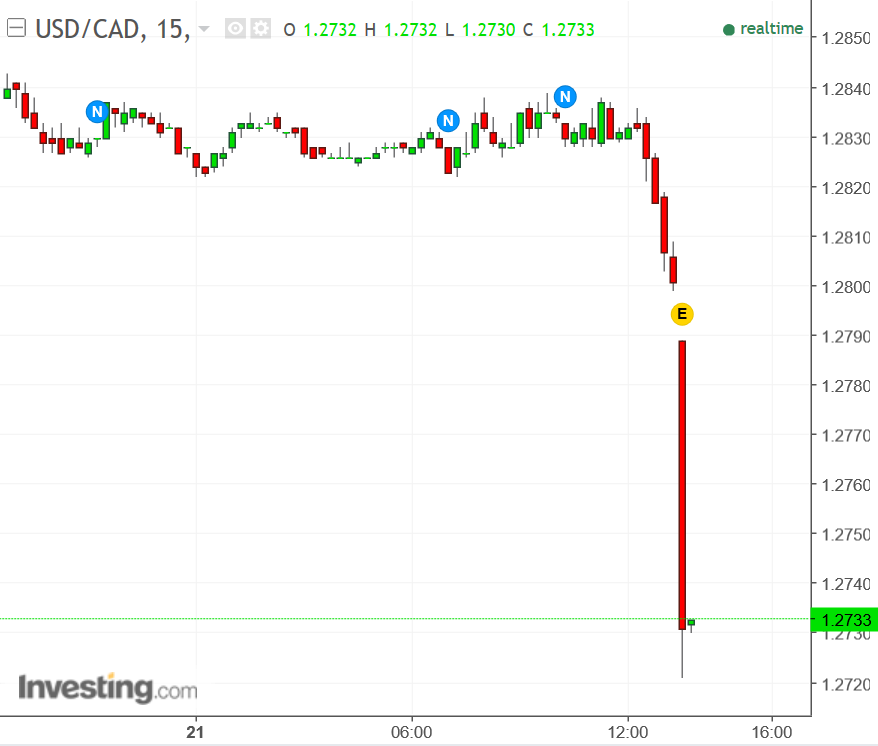The Canadian Dollar Catapults Higher After Inflation and Retail Sales Make a Mockery of Forecasts

Canadian inflation and retail sales both beat expectations resoundingly on Thursday, sending the Canadian Dollar surging higher.
The Canadian Dollar rose rapidly after the release of November inflation and October retail sales numbers, both of which beat estimates.
Headline inflation rose 2.1% in November, up from the 1.4% seen in October, when economists had forecast a rise of 2.0%.
Core inflation, which excludes volatile food and fuel inputs, also rose well above expectations. It came in at 1.3%, up from 0.9% in October, when economists had forecast a small reduction to 0.8%.
These are astonishing gains and could reinforce expectations that the Bank of Canada (BOC) will go ahead and hike interest rates sooner rather than later, once into the New Year.
Higher interest rates are positive for a currency as they attract greater inflows of foreign capital due to the offer of higher returns.
The Pound bought 1.71 Canadian Dollars before the release but that dropped a whole cent to 1.70 after, reflecting a strengthening of the Canadian Dollar (Loonie).

On the retail sales front, the data was also good. Retail sales rose a staggering 6.7% year-on-year in October, up from 6.2% in seen September. Economists had forecast 5.5% growth according to forecasts by tradingeconomics.com.
The strong retail sales data should have positive implications for economic growth and suggest a strong end to 2017. This could further support a rise in interest rates in the New Year, possibly even as soon as January.
USD/CAD fell sharply by 0.83% in response to the reports, reflecting a sudden appreciation on the Canadian side of the pair, to trade at 1.2731 at the time of writing. It was quoted at 1.2800 before the release.

Most analysts expect the Bank of Canada (BOC) will raise interest rates again quite soon - possibly even as soon as January, given today's result.
The BoC hiked the cash rate twice in the summer, taking it up by 50 basis points to 1%, which led to a 10% rally in the trade-weighted Canadian Dollar index. But Governor Stephen Poloz has now set the bar for another rate hike quite high.
He said in a recent speech that, "There are a lot of things that have to come together before we feel confident that we're all the way there." (For a rate hike).
The Canadian economy has actually done reasonably well in recent quarters although it faces similar issues as the other G10 countries, in that household debt is high and so rising rates could pose a challenge to consumers and the economy.
"This laissez-faire policy approach from the BOC is starting to bite, with the second round effects of a strong CAD weighing on net exports and inflation," says Viraj Patel, an analyst at ING Group, in a recent note.
Yet despite this, Patel still sees the BOC 'cracking on' with two further rate hikes in 2018, so another move by the bank may be more a case of 'when' rather than 'if', as things stand at the moment.
Political risks are also prevalent in Canada, much like everywhere else, with the major issue for the Loonie being NAFTA (North Atlantic Free Trade Agreement) renegotiation with the US and Mexico.
Much like with Brexit in the UK, this is causing uncertainty within the business community and has already had a negative impact on investment, as businesses have been holding back until a new deal is in place. More is expected on this side of the Canadian Dollar story in the New Year.
Get up to 5% more foreign exchange by using a specialist provider by getting closer to the real market rate and avoid the gaping spreads charged by your bank for international payments. Learn more here.










